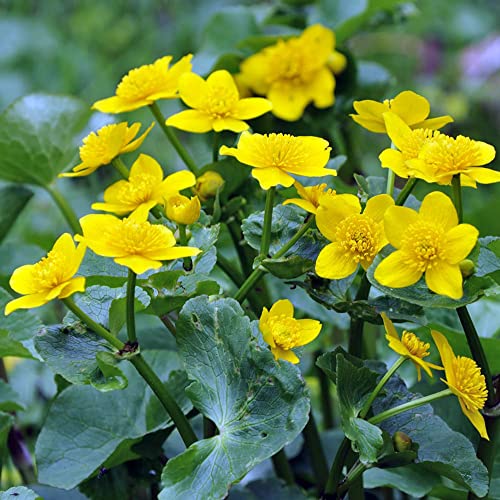How to grow marsh marigolds – the ultimate low-maintenance, moisture-loving plant that spring pollinators adore
Marsh marigolds can thrive in problem areas, including moist woodlands and boggy soils

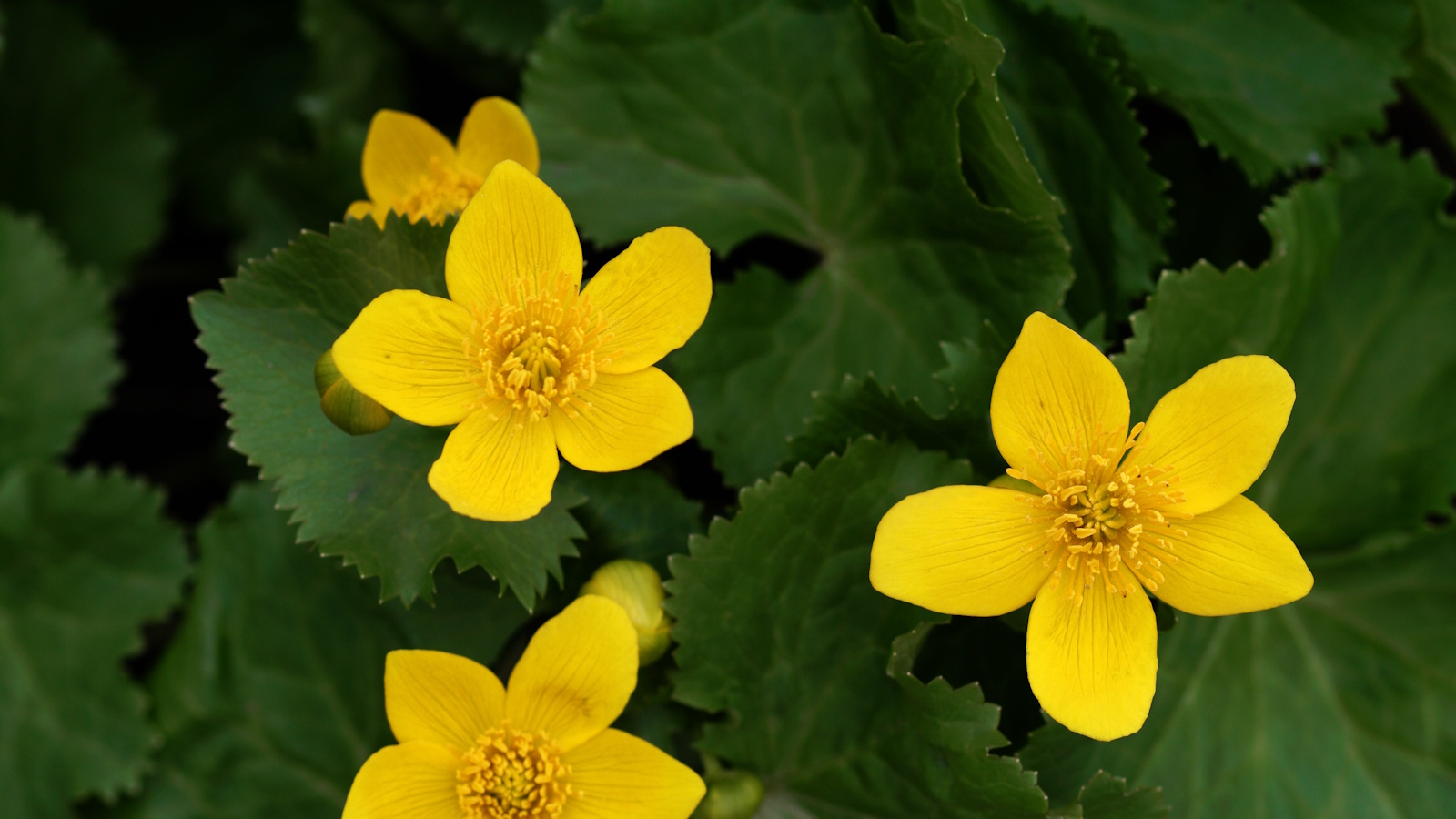
Marsh marigolds, or Caltha palustris, are moisture-loving plants that typically grow wild along riverbanks and in shallow water at the edge of streams.
While their lush, glossy-green foliage is undoubtedly attractive, it is their buttercup-yellow spring blooms that steal the show around March and April, proving popular with pollinators at the start of the growing season.
So, if you are looking for some of the best perennials that are suited to boggy soil or wet borders, learning how to grow marsh marigolds is a good idea. Here, one pond plant expert from Texas reveals all you need to know to succeed.
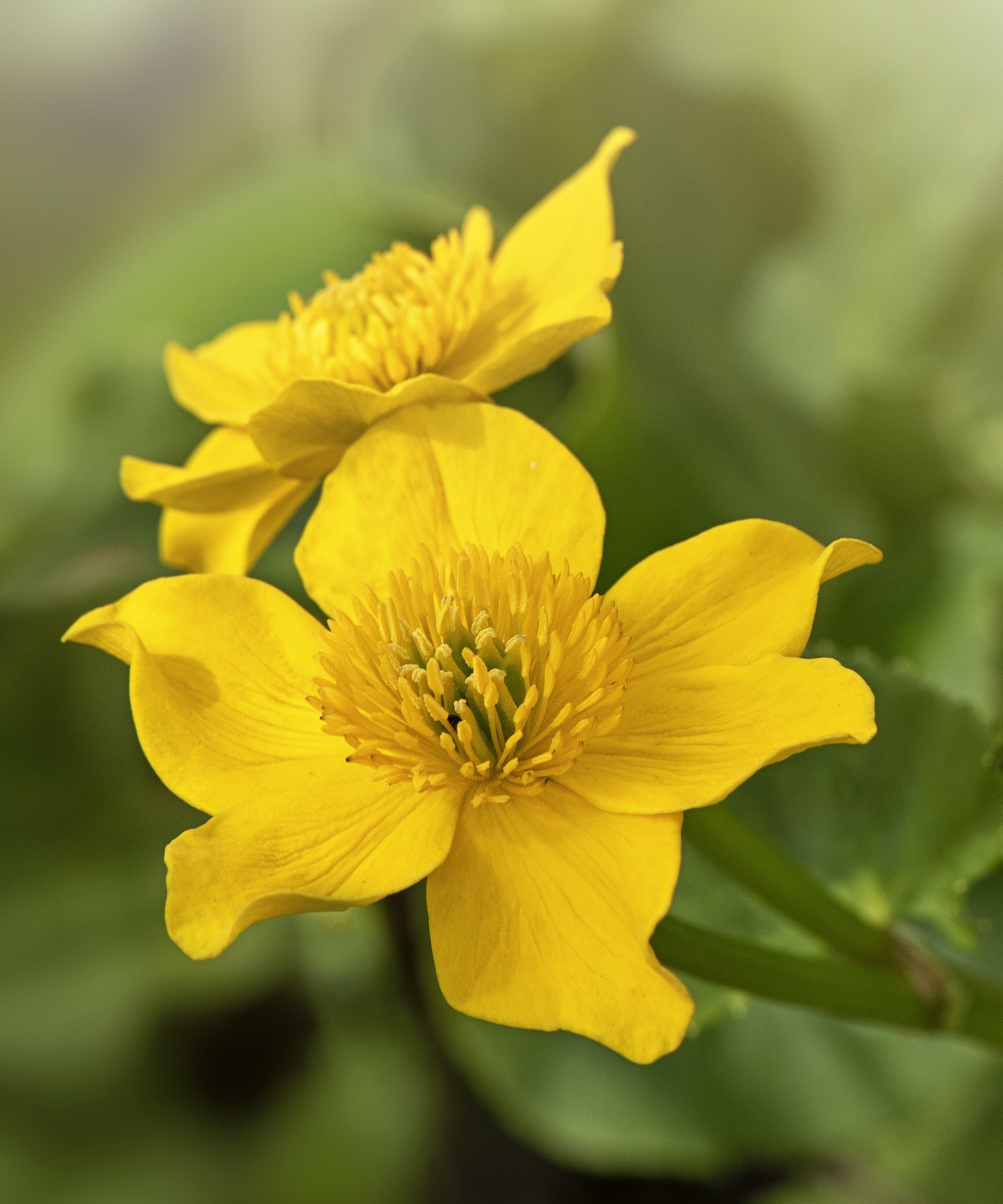
How to grow marsh marigolds
Marsh marigolds are some of the best pond plants that are native to marshes, wet woodlands and riverbanks across the Northern Hemisphere. They are found in North America, Europe and Asia, producing vibrant open yellow flowers.
If you spot marsh marigolds when out walking along riverways and woodlands, it is a surefire sign that spring has arrived.
Growing habits of marsh marigolds
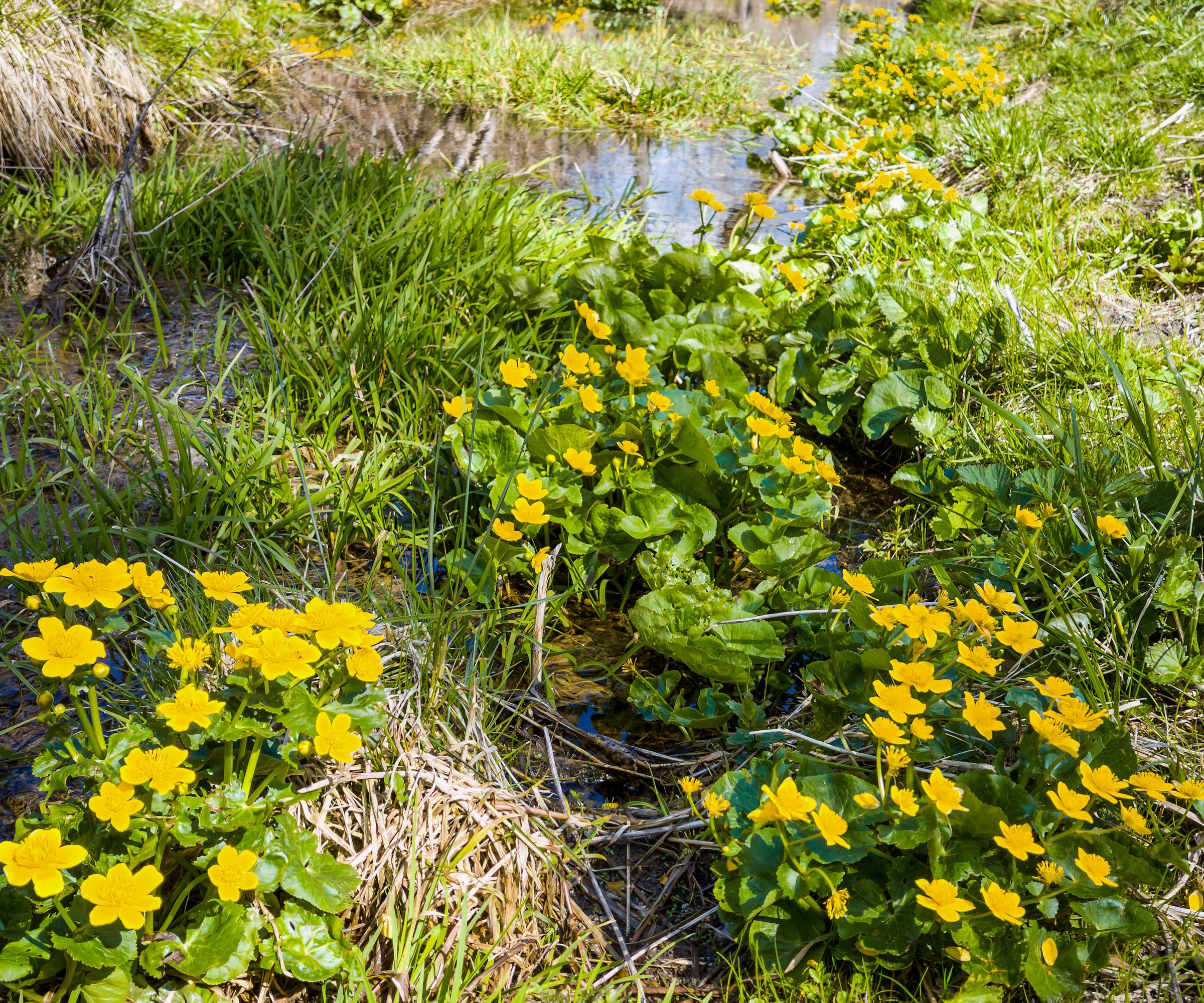
Marsh marigolds, or Caltha palustris, are some of the best plants for early spring pollinators, producing nectar-rich blooms that bees and butterflies love.
'Marsh marigolds are a delight,' says John Peitsmeyer, water garden expert and current president of the Heart of Texas Water Garden and Pond Society. 'Who couldn't appreciate their bright yellow, cup-shaped flowers that bloom in early spring?
Design expertise in your inbox – from inspiring decorating ideas and beautiful celebrity homes to practical gardening advice and shopping round-ups.
'Growing best between US hardiness zones 3 to 7, marsh marigolds prefer constantly wet soil or shallow water,' John adds. 'They can grow in full sun to partial shade, although will notably flower better in sunnier spots.'
Marsh marigolds will grow no taller than 10 to 15 inches in height, and typically have a clumping habit, spreading by rhizomes (best understood as underground stems that grow horizontally).
'While they are not considered an aggressive invasive plant, they can exhibit remarkable growth each season. To limit their spread, regular dividing and pruning will keep them in check.
'For those looking for an unusual variety, consider the 'Multiplex' marsh marigold,' John advises. 'With its double, zingy yellow blooms, this is one option that will be sure to elevate wet gardens.'
Marsh marigold seeds are available from Amazon and can be sown directly into wet soil outdoors in the fall, or sown in a cool cold frame or greenhouse in seed trays in spring.

John Peitsmeyer is a native Texan, Real Estate Inspection Company Owner and retired Professional Inspector. Serving as the current president of the Heart of Texas Water Garden and Pond Society from 2022 to 2025, John has a passion for water gardening. Living in China Spring, Texas, with his wife Susan, they enjoy caring for their chickens, ducks, and koi and goldfish ponds.
Care guide for marsh marigolds
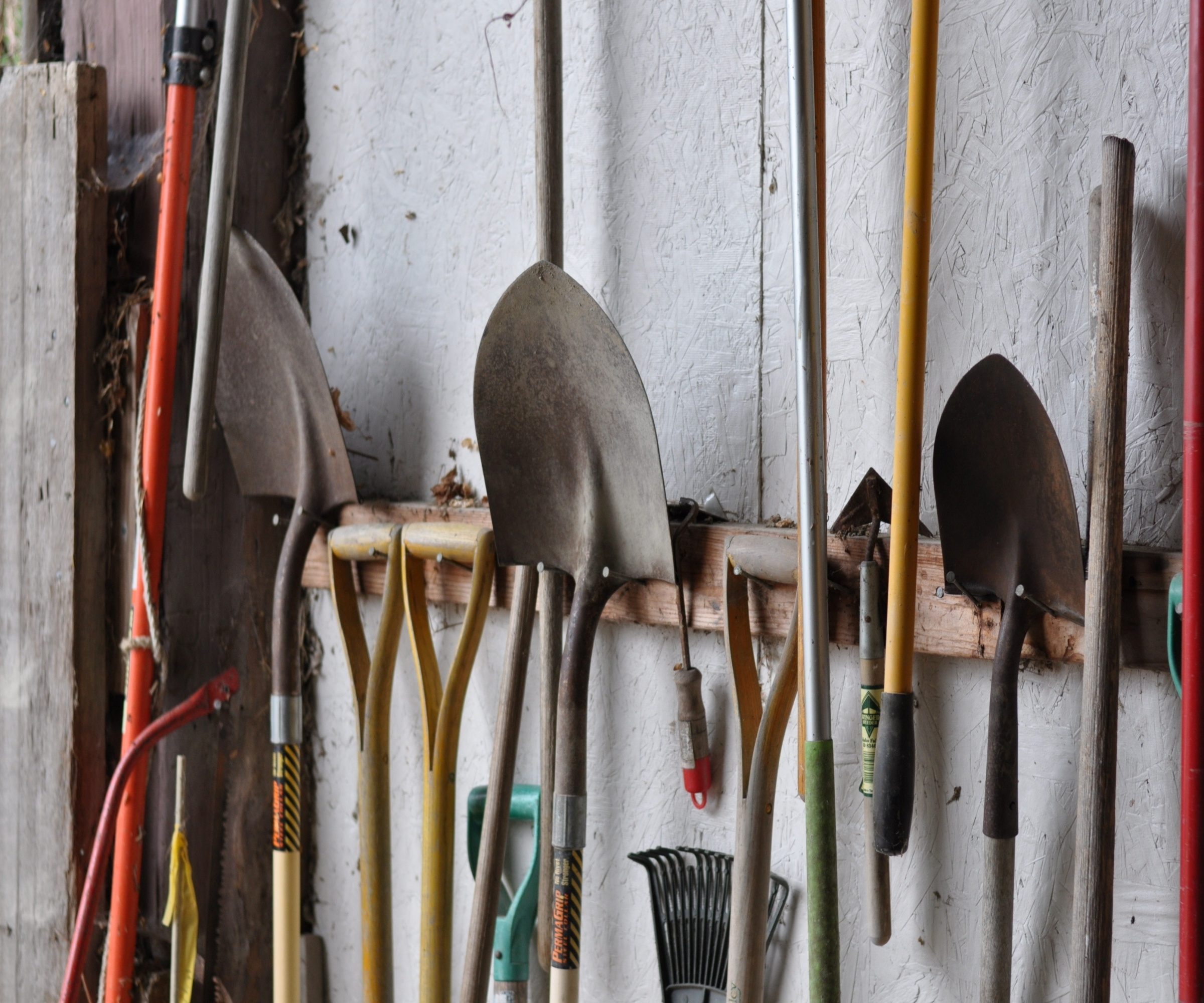
Soil: 'Marsh marigolds thrive in consistently wet soil, like you would find along the edge of river banks,' John says. Remember that this is a wetland plant, so moist or boggy borders, or even submerged in a pond or rain garden is best. 'Dry, free-draining soils will not work for this species.' In terms of soil pH, aim for a moderately acidic soil reading of around 6.0, which will produce the best results.
Light: 'Position your plant in full sun or part shade,' John says. In warmer regions, such as zone 7, afternoon shade is a good idea, which will protect the foliage, but in cooler regions, such as zone 4, an open, sunny location is best. Flowering will also be notably better in sunny spots.
Fertilizing: In general, it is not necessary to feed marsh marigold plants. They can usually access what they need from the soil - especially when grown along riverbanks, ponds, or in wet soils, which will contain the necessary nutrients. Feeding when it is not needed is a fertilizer mistake to avoid, and can even damage the plant.
Pruning: Prune marsh marigold plants as and when required through the growing season. During early spring, you might want to remove any and all dead foliage, stalks and seed pods to make room for new growth. You can also reduce the spread to control its growth, but generally, pruning will not impact the plant negatively, and it will soon produce new growth.
Toxicity: Caltha palustris is not considered toxic and is safe for both humans and pets, although when planting and pruning, you might want to wear waterproof pond gardening gloves, available from Amazon.
FAQs
When is the best time to plant marsh marigold?
If you purchase a marsh marigold plant from your local nursery or garden store, it is a good idea to get them in the ground during early spring. Planting in March or April will give your plant plenty of time over the growing season to settle and establish a healthy rhizome network before the onset of fall and winter.
Marsh marigolds are an ideal plant to grow if you are looking to create a wildlife pond this year, providing cover for frogs and fish and pollen for bees and other pollinating insects. For another flowering pond plant, why not learn how to grow waterlilies this year?

Thomas is a Content Editor within the Gardens Team at Homes and Gardens. He has worked as a professional gardener for both public spaces and private estates, specializing in productive gardening, growing food and flowers. Trained in Horticulture at the Garden Museum, he has written on gardening and garden history for various publications, including The English Garden, Gardens Illustrated, Hortus, The London Gardener and Bloom. He has co-authored a Lonely Planet travel book, The Tree Atlas, due out in 2024.

